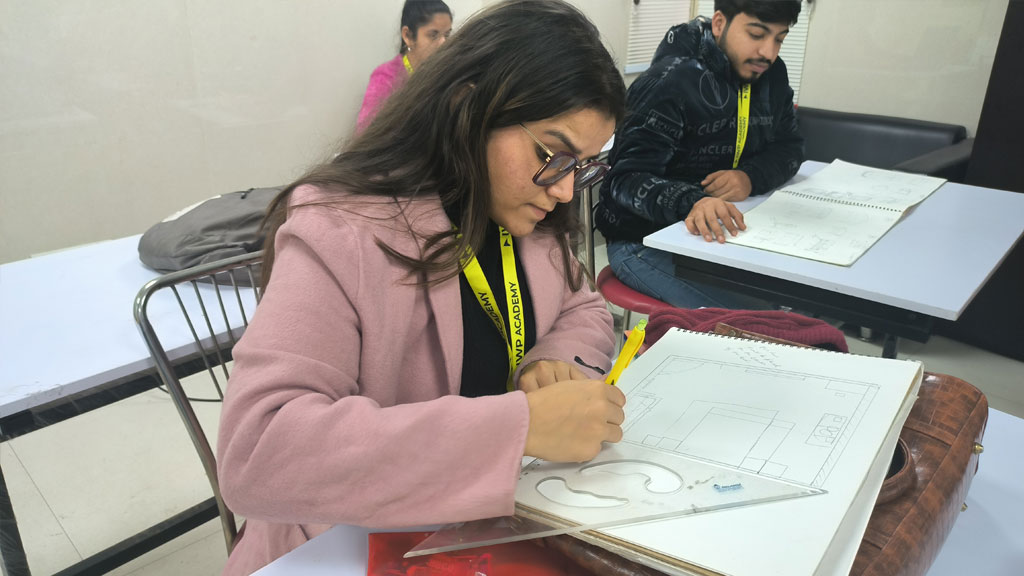Introduction: Interior design is the art of transforming spaces into aesthetically pleasing and functional environments. If you have a passion for creating harmonious and visually stunning interiors, then an interior designing course might be your gateway to a world where creativity meets functionality. Join us as we explore the exciting journey into the realm of interior designing courses and discover how they can unleash your potential to craft beautiful, livable spaces.
- The Essence of Interior Designing Courses: Interior designing courses go beyond arranging furniture; they delve into the principles of design, color theory, spatial planning, and the psychology of spaces. Students learn how to transform empty rooms into functional, stylish havens by understanding the interplay of elements that define a space.
- Space Planning: Crafting Functional Layouts: A fundamental aspect of interior designing is space planning. Courses in interior design teach students how to analyze and optimize the use of available space. From creating efficient traffic flow to maximizing storage, space planning is the blueprint that ensures a room not only looks good but functions seamlessly.
- Color, Texture, and Lighting: The Triad of Design Harmony: Interior designers are masters of creating atmospheres through the strategic use of color, texture, and lighting. Courses explore the psychology of color, the tactile qualities of different materials, and the transformative power of lighting. Understanding this triad is essential for creating spaces that evoke specific moods and emotions.
- Furniture and Decor: Bringing Spaces to Life: Choosing the right furniture and decor is an art in itself. Interior designing courses guide students in selecting pieces that complement the overall design, suit the client’s lifestyle, and contribute to the functionality of the space. From traditional to contemporary styles, designers learn to curate interiors that tell a unique story.
- Materials and Finishes: Crafting Texture and Visual Appeal: The choice of materials and finishes can significantly impact the look and feel of a space. Interior design courses educate students on the characteristics of different materials, such as wood, metal, stone, and textiles. This knowledge empowers designers to create cohesive and visually appealing interiors that stand the test of time.
- Technology in Interior Design: From 2D Plans to 3D Realism: Modern interior designers leverage technology to bring their visions to life. Courses often include training in design software, enabling students to create realistic 3D renderings of their concepts. This not only aids in client presentations but also streamlines the design process from conception to execution.
- Client Communication and Project Management: Navigating the Design Journey: Interior designers are not just creative visionaries; they are effective communicators and project managers. Courses emphasize the importance of understanding client needs, presenting design concepts, and managing timelines and budgets. These skills are crucial for a successful and thriving interior design career.
- Internships and Real-world Projects: Bridging the Gap between Theory and Practice: To prepare for the dynamic nature of the industry, many interior designing courses offer internships or real-world projects. This hands-on experience allows students to apply their theoretical knowledge in actual design scenarios, gaining practical insights and building a professional portfolio.
Conclusion: Embarking on an interior designing course is a transformative journey into the world of creativity and functionality. From mastering design principles to understanding the nuances of client communication, interior designing courses provide the skills and knowledge needed to excel in this exciting field. If you have a passion for turning spaces into works of art, consider enrolling in an interior designing course and unlock the doors to a fulfilling career in shaping the environments we live in.

